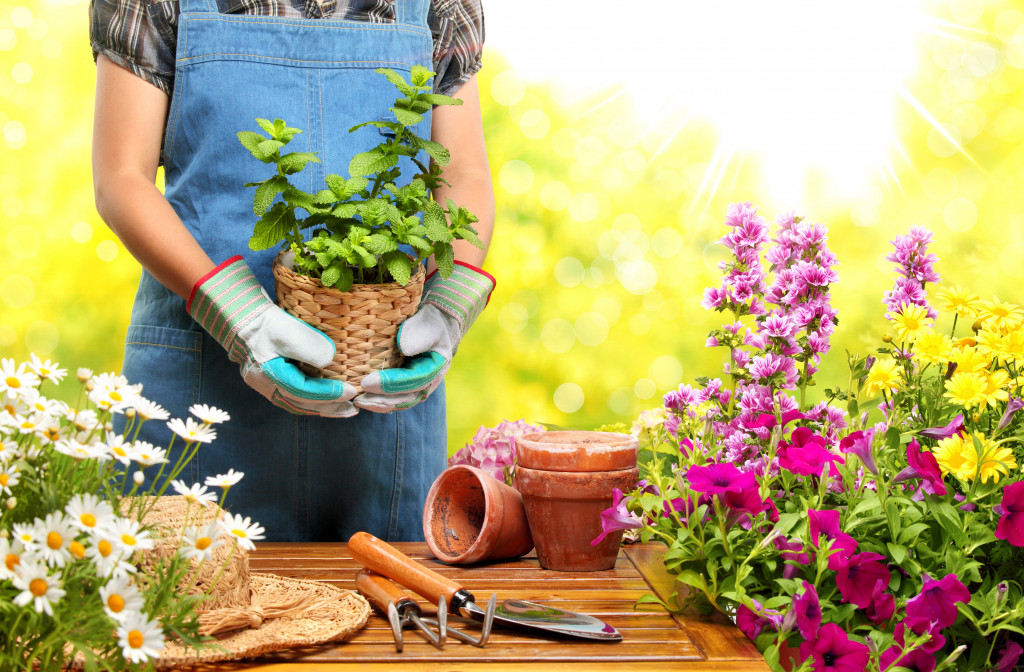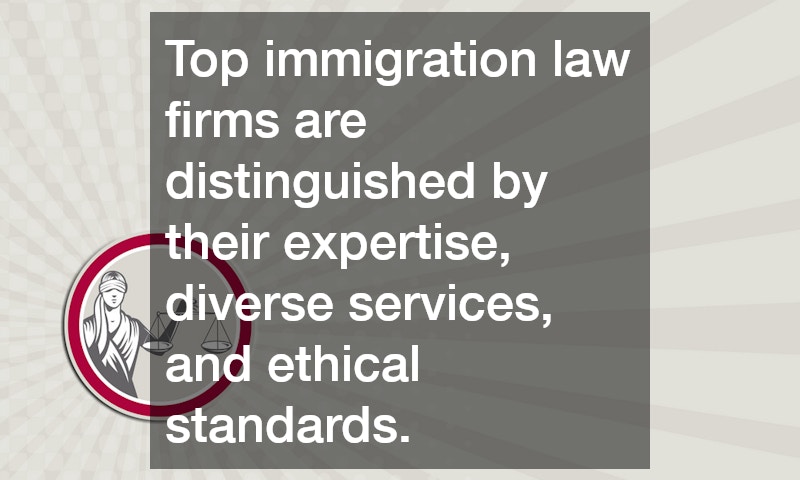Do you enjoy nature and plan to make gardening your new passion? Horticulture is an incredibly important science that concerns the sustainable production and cultivation of crops such as fruits, vegetables, and ornamental plants.
Innovations in horticulture have been made over the years to make cultivating these crops easier, from the use of hydroponics to urban farming. Indeed, despite horticulture and technology seeming to come from two different worlds, the science of horticulture does benefit a lot from technology.
Here are new technological trends that might change the world of horticulture altogether in the future.
Plant monitoring
Horticulturists always need to keep an eye on their crops in case something goes wrong. They would need to monitor a plant’s growth, its soil, how much moisture it’s taking in, and any potential threats, such as insects and small animals, that could compromise its perfectly cultivated environment.
This wouldn’t be much of a problem with a few crops, but it becomes necessary to automate the entire process when you have entire fields to account for.
With the onset of newly developed technology, farmers can now monitor their crops much easier using mobile apps and scanners that can capture a more accurate image of the plants and send it to the cloud for easy access and viewing
Moreover, AI (with the implementation of a cloud-based system across multiple fields) can be trained to look at these images and accurately see moisture, pets, or natural flaws in the soil without human intervention.
This same technology can even be used to calculate a crop’s yield and efficiently track it across multiple fields, saving farmers the time and effort of going at it one at a time. Without these innovations, the agricultural industry wouldn’t be as efficient as it is today.
Better irrigation systems
Do you know that most farms already use an automated irrigation system to water extensive fields of crops? But with new technological innovations, this task can be made much easier and more water-efficient than ever.
For instance, a farm manager of Fagerberg Produce used an autopilot GPS to create a more precise drip irrigation system. With just one tap on your smartphone, you can check the rate of water flow and release water and fertilizer for crops. With close monitoring, this technology can prevent excess water usage and give the crops the exact amount of water and nourishment they need.

Robotic labor
Just as we already use robots and other automatons to do most of our work for us, so too can the agricultural business use robotics to streamline business operations and labor. Tasks like harvesting, sowing, and transporting crops can be an issue for plenty of farmers who either already have too much on their hands or don’t have the time to do it all at once.
With the use of robotics, automation can do all of those things for them as efficiently as possible. It shouldn’t be hard to see how much the horticulture industry can benefit from innovations in robotics.
Aeroponics and hydroponics
With technology such as hydroponics and aeroponics, it’s now easier to grow plants in what would otherwise be tough environments for them to grow in. With just water and a small amount of soil, sand, or gravel, you can grow plants like tomatoes, lettuce, and herbs without needing extensive fields.
Both of these methods ensure that plants get all the things they need, essentially eliminating wasted nutrients and water. With these products of technology, plants can be grown in small, cramped environments that would otherwise be unable to sustain life.
Biocontrol
Since time immemorial, the use of chemicals in pesticides and fungicide has always worried farmers and horticulturists, most especially because of their potentially hazardous effects on plant growth. Now, with the use of biological products, which are made only out of naturally occurring materials that can even be recycled, there’s no need to worry about chemicals and other harmful substances.
This technology makes use of live symbiotic organisms applied to the soil from the start of cultivation. This not only helps defend the plant from other potentially harmful micro-organisms but also makes the plant and its root system stronger against diseases.
Overall, technology has come a long way in recent years and only continues to grow to accommodate the world’s needs for more economical, cost-effective, and efficient solutions. The world of horticulture, in particular, has a bright future with all the technological innovations that help breed healthier plants and crops and cut costs on labor.

